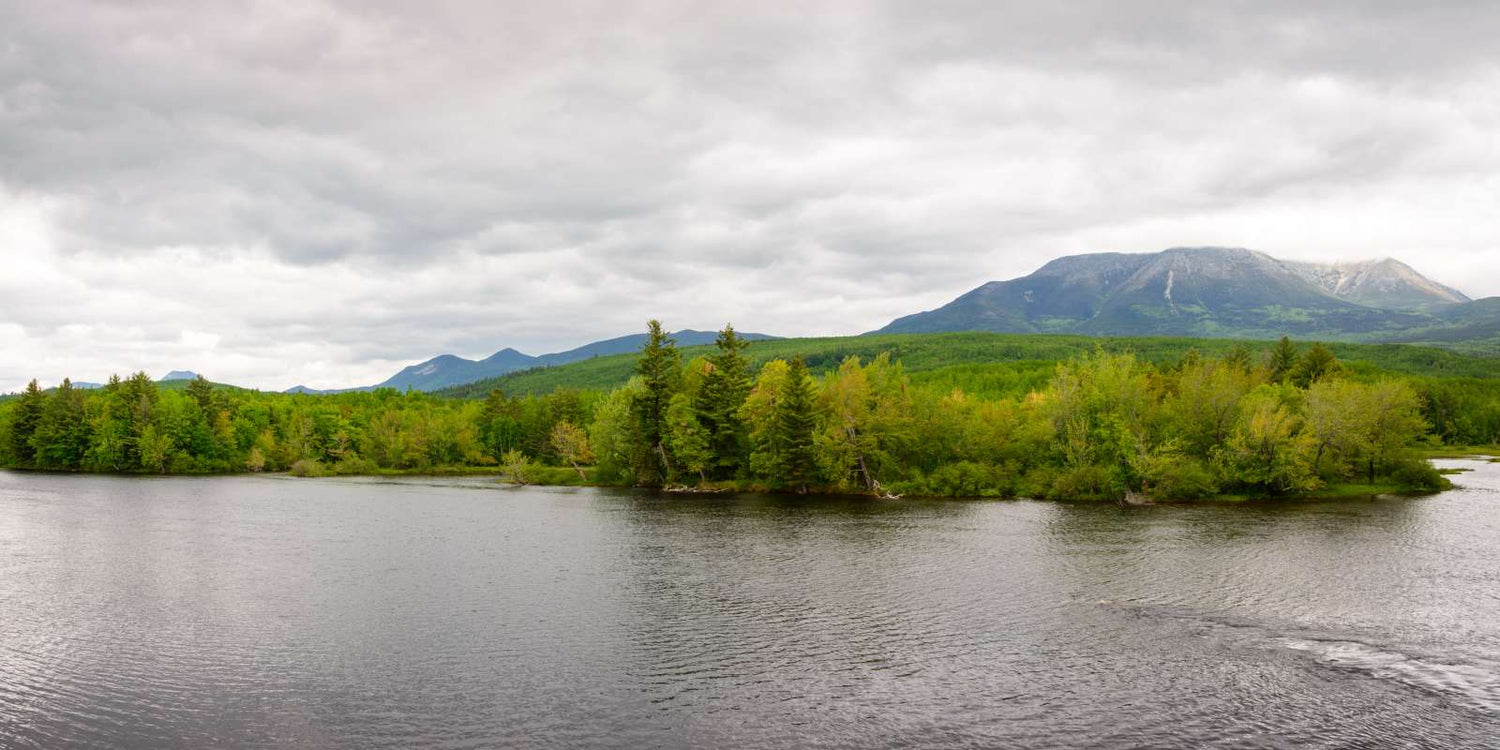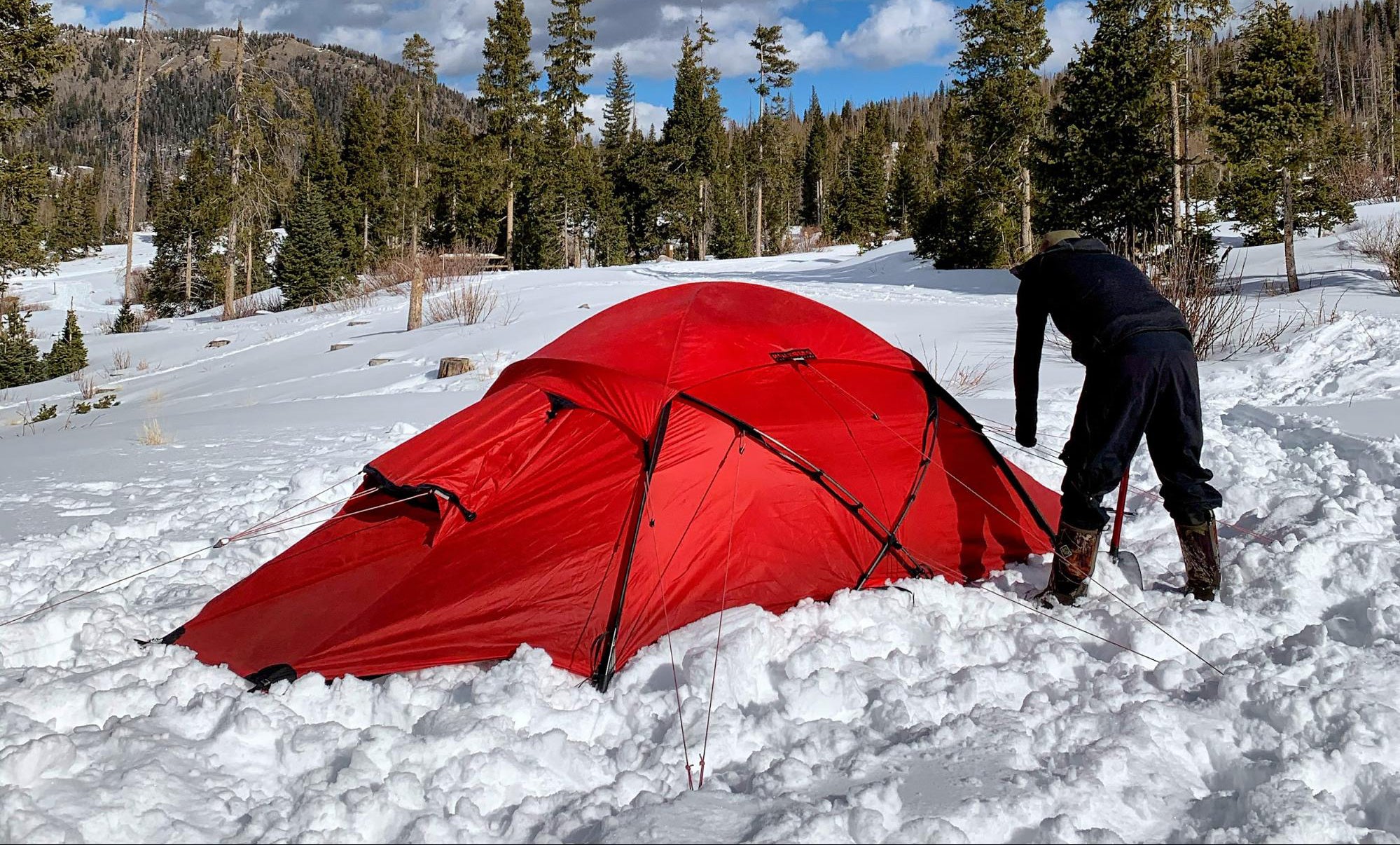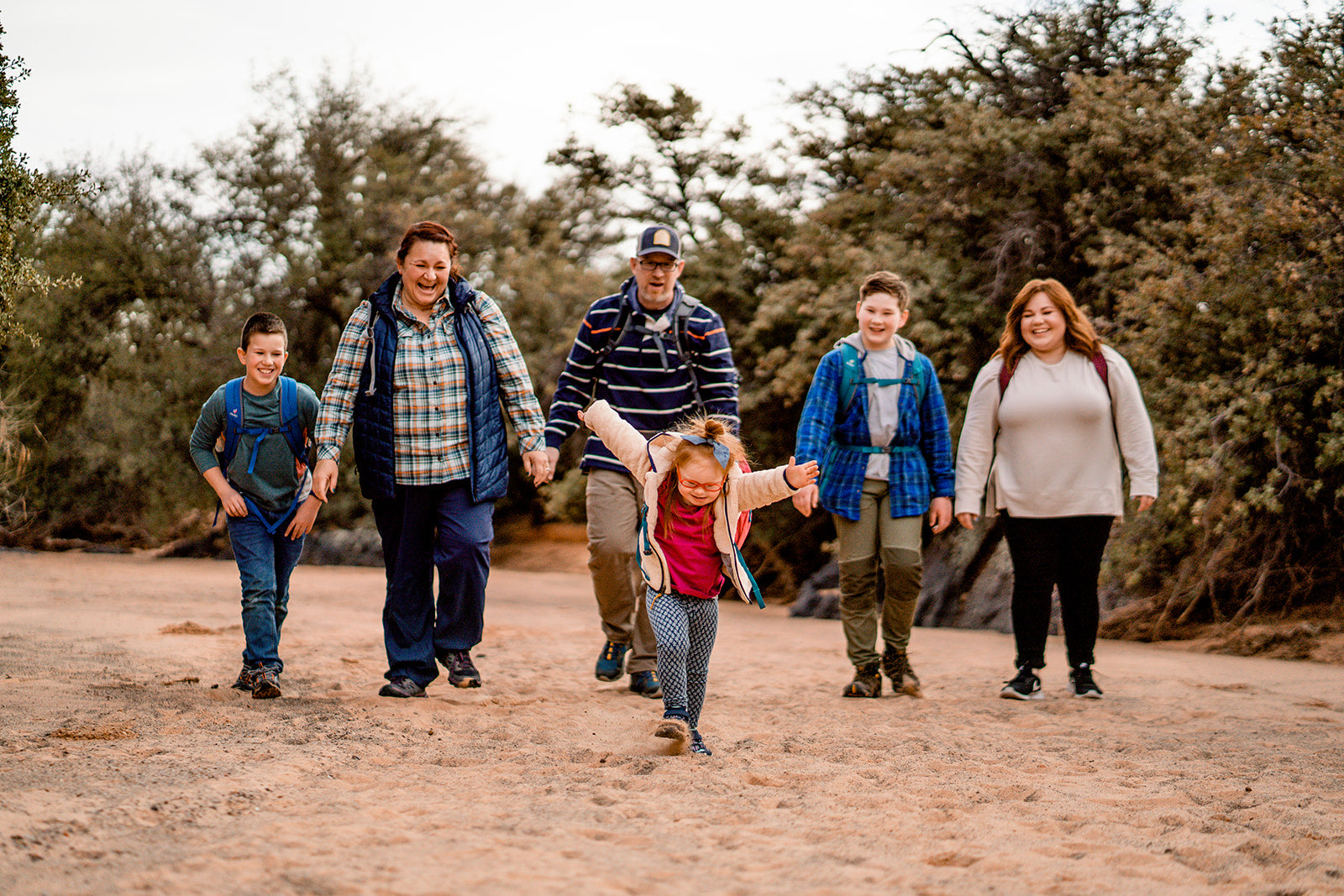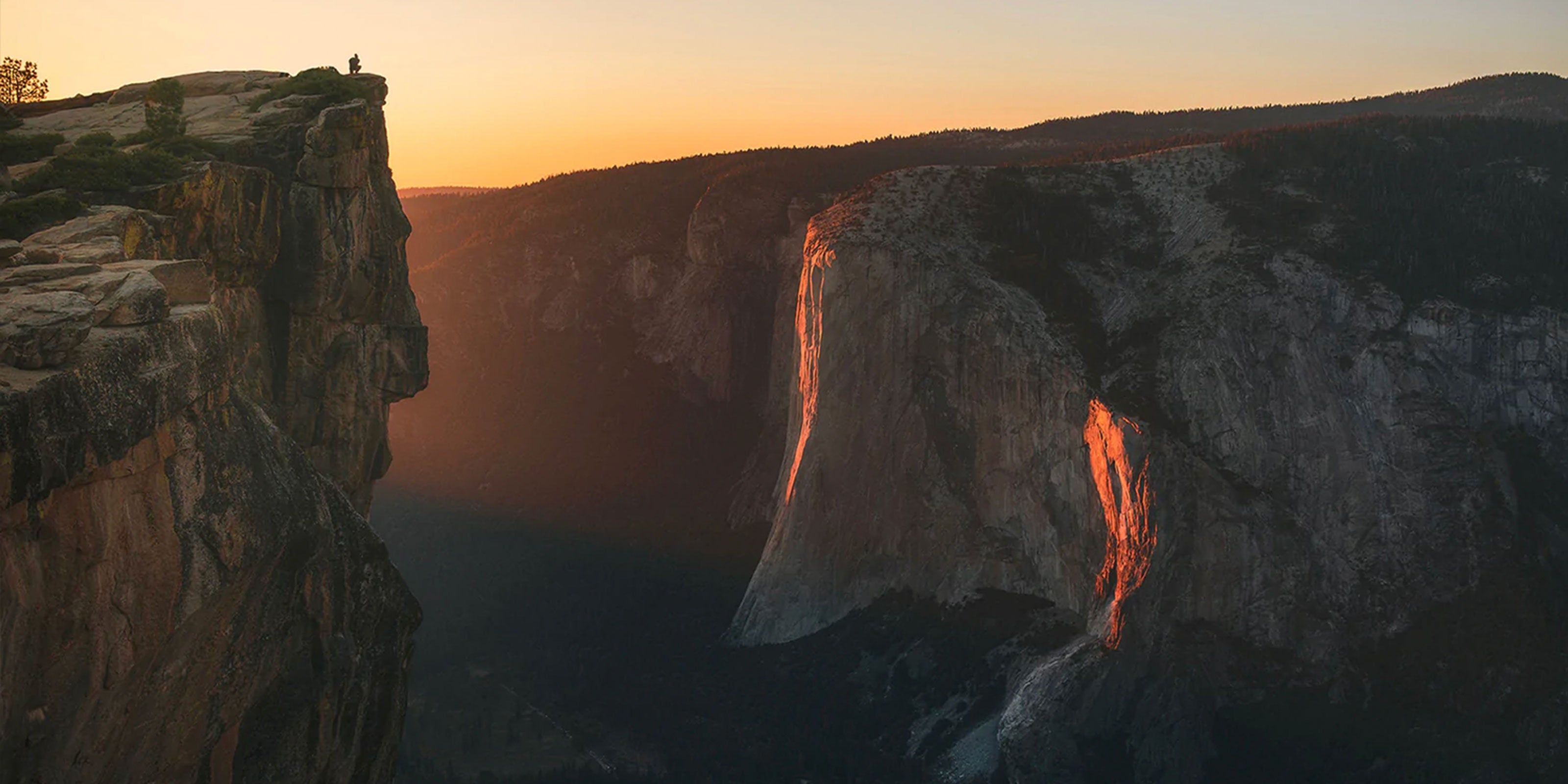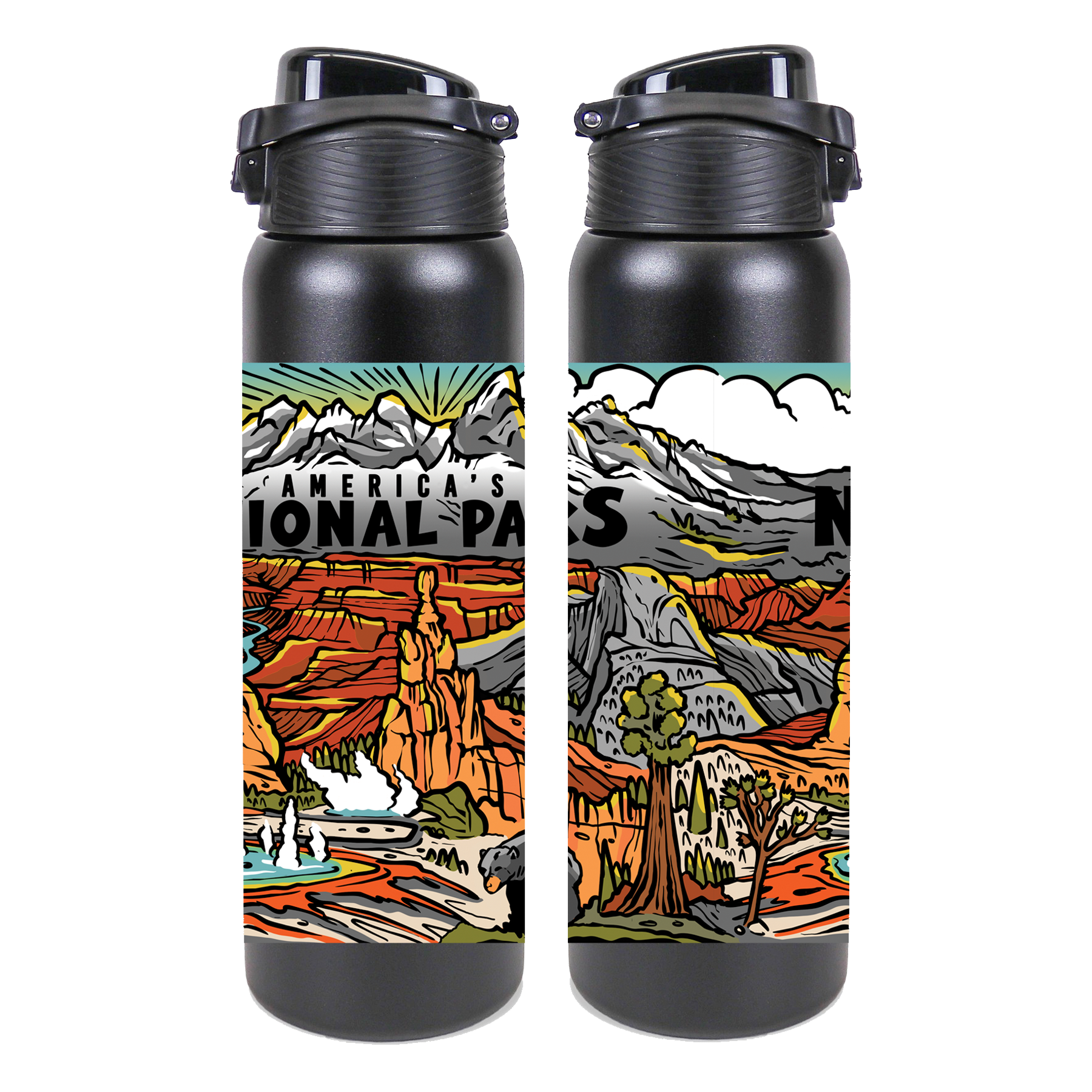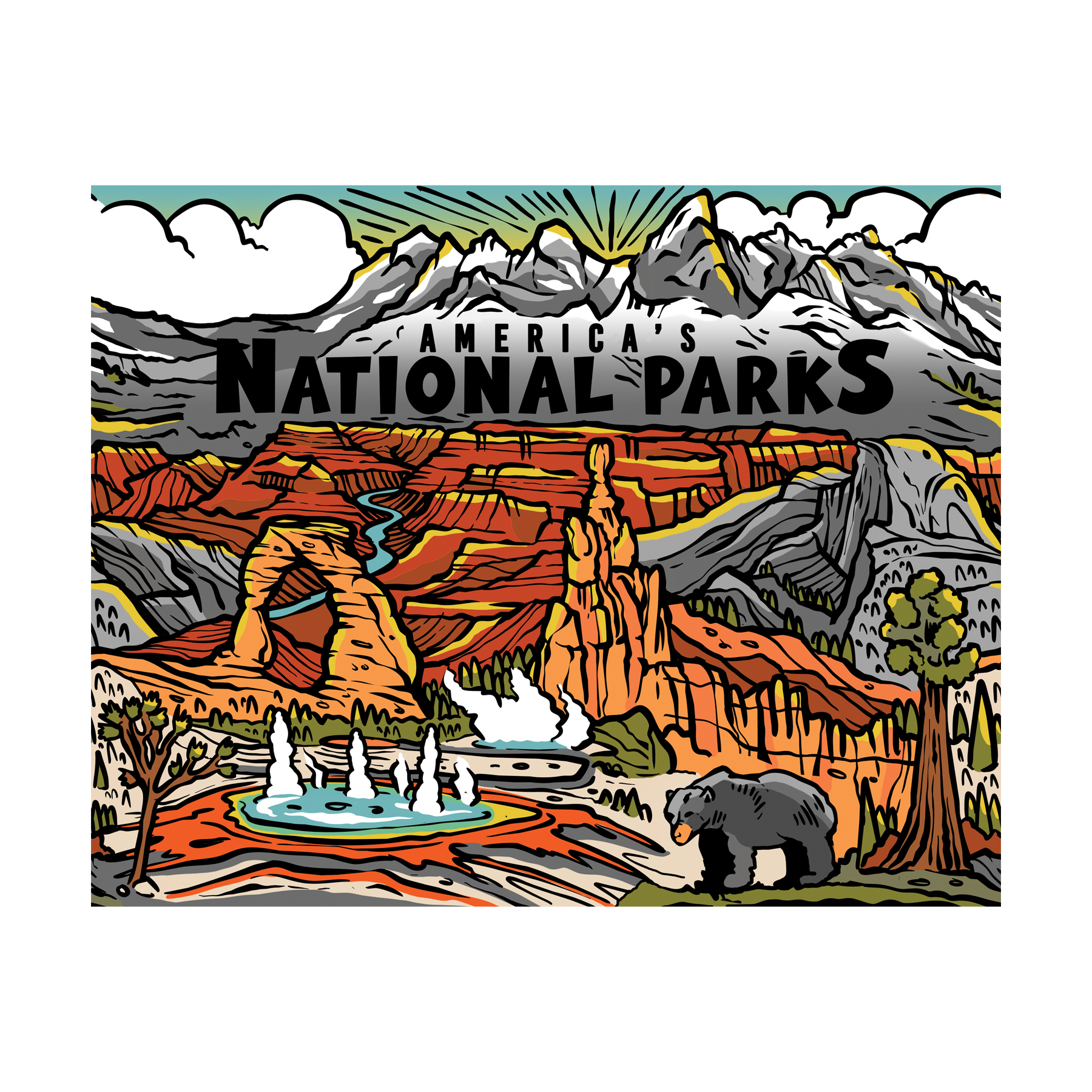Photos and words by Ian Ramsey | Cover image Maine Tourism
Finding the Monument had been a challenge. On that July morning, I had driven back and forth past the entrance six times, missing the tiny, tree-shaded brown sign that marked the north entrance to Katahdin Woods & Waters National Monument. Once I turned onto the dirt road, it was clear that this was no Yellowstone: there were few signs and the rutted roads were poor for driving but great for gravel biking. As my partner Heidi and I spent the next few days biking the roads, hiking and running through the forest, and swimming in the Penobscot River, we saw hardly anyone.

It was my first visit to Katahdin Woods & Waters, just a year after it had become a national monument. Located in northern Maine along the edge of Maine’s Baxter State Park, the monument is a landscape of sub-boreal forest and rivers. It’s the ancestral land of the Penobscot Indian Tribe, and an area that has inspired visitors like Henry David Thoreau and Teddy Roosevelt. The monument, on land that has a strong tradition of hunting, logging, and fishing, is the first internationally recognized dark sky sanctuary on the east coast, and it safeguards more than thirty miles of rivers and streams.
In the contentious politics of public lands, the creation of the monument had been a bumpy ride nearly a generation in the making. Over the course of twenty years, Roxanne Quimby, the founder of Burt’s Bees and a long-time Mainer, had bought up nearly a hundred thousand acres of land with the idea of turning it into Maine North Woods National Park. Despite two decades of conservation activism around the idea, local and federal resistance always hampered the issue. Many locals fought the idea, putting “Ban Roxanne” stickers on their trucks. Finally, in 2016, on the eve of the National Park Service centennial, after a great deal of work by Quimby’s son Lucas St Clair and many others, President Obama declared it a national monument. Almost immediately, as the new Trump Administration moved to sell off public lands, the designation felt wobbly until then-Secretary of the Interior Ryan Zinke visited and put his support behind the monument.

The nearby town of Millinocket, which spent over a century as a company-owned mill town, has seen its mills close and its fortunes plummet in the last two decades. Where the town was once one of the wealthiest communities in the state, it is now one of the poorest, with a downtown that is mostly boarded-up. With an average age of over 51, it has one of the highest median average ages in Maine, the state with the oldest average age. After generations of highly-paid mill jobs, the community has been slow to adjust to the new reality: A year before the monument was declared, a consulting firm did a pro-bono analysis of the town, and concluded that “the days of good jobs with little education are over,” that Millinocket harbors a “generally negative attitude towards outsiders,” and that “you have to invest in yourselves, because if you don’t, no one else will, and nor should they.” But in recent years, some new, outdoor-based businesses are popping up and a network of mountain bike trails is being built. A new generation is starting to bring new ideas and new economic and cultural models to the area.
I grew up spending time in the area around the monument, at my grandparents’ off-the-grid camp that was miles from any neighbors and accessible only by a mile-long boat ride across a lake. During college, I worked as a whitewater rafting guide in this area, guiding adventure-seekers down the Kennebec, Dead and Penobscot Rivers. I’ve done countless trips to neighboring Baxter State Park, which is home to Mount Katahdin, the northernmost terminus of the Appalachian Trail and the crown jewel of Maine. The blackflies, spruce trees, moose, loons, and lakes are in my blood. I’ve skied, camped, biked, ultrarun, kayaked, fished, and hiked this watershed, in temperatures from forty below to nearly one-hundred.

Growing up in a mill town south of the Monument, the Maine that I grew up in felt more like Idaho than New England. Instead of village greens and three-hundred year-old clapboard houses, there were pulp trucks, snowmobiles, endless forests, and hunters. It’s always puzzled me that, compared to the west, there is comparatively little public land in the northeast. With over ten million acres of forest, lakes and mountains, the Maine woods is the largest uninhabited area in the lower 48. While most of the land is owned by timber companies, economics are starting to dictate a change. Most of Maine’s pulp and paper mills have gone out of business, and logging is getting less and less economically viable. After clearcutting much of the landscape, International companies like Plum Creek and SAPPI (South African Pulp and Paper Industries) have pivoted into the real estate market, selling of plots of clearcut land for vacation homes. As the reality of a post-logging economy sets in, and local people realize that a national monument might benefit them more than private subdivisions and clearcuts, there is increasing support for public lands as a vehicle for sustainable tourism and long-term conservation.
There are still many things to figure out. Here’s possibly the biggest one: As ancestral land of the Penobscot People, there is a great deal of work to be done to align the monument with the legacy and culture of the tribe. Recently, Quimby’s foundation returned over 700 acres of land to the Penobscot Tribe, but that is just a drop in the bucket. There is much more work to do in the area of reparations and justice, as there is with all public land that once belonged to indigenous groups. With a new Secretary of the Interior-Deb Haaland- who is native, we finally have someone in the cabinet who will be able to advocate for native rights. When you think about the fact that this entire continent was stolen from Native people, there is no doubt that the conservation movement needs to own up to the fact that all public lands were once native lands, and find ways to both conserve land and honor Native rights. A great example of this is the 2019 Western Oregon Tribal Fairness act that returned over 30,000 acres of land to native people. Similarly to finding the balance between conservation and Native rights, finding the balance between conservation and recreation, between short-term and long-term economics, between federal and local control, will be difficult. But isn’t important work often difficult?

We often look at our most famous national parks and forget that their creation was controversial at the time. Developers tried to take over Yosemite and the Grand Canyon. Mining companies fought the creation of Utah’s national parks. Even next door to the monument, Maine’s now-beloved Baxter State park was not widely accepted originally. With that perspective, I’m confident that future generations will cherish and support the vision of the monument. Moreover, what I think is most exciting about the monument is its long-term potential-to change the story of this region from resource extraction to conservation and eventually Native reparations. To conserve and rebuild the forest-and-rivers ecosystem, to expand over time into a big enough wilderness that could support disappeared species like Wolves and Woodland Caribou, and to serve as an economic driver for the local human communities.
I look forward to the day when the Monument grows, when visitors from around the world have the chance to experience the Maine Woods, when I can hear a Wolf howl or see a Caribou. When the Penobscot culture is honored in a meaningful way. When the cutover forest regrows into an intact ecosystem. When Millinocket reinvents itself as an ecotourism and adventure sports community. When some of the forest returns to a truly wild state and some of it is managed for sustainable harvest. But for now, I’ll enjoy having the monument to myself, or sharing with my friends and students. I’ll enjoy the new signs that have been put up since my initial visit. I hope that they-like the monument-will point us all in new directions.
Ian Ramsey is a writer, educator and mountain athlete based in Maine who has spent twenty five years exploring wild places and guiding backcountry trips around North America, Alaska, and around the world.. He directs the Kauffmann Program for Environmental Writing and Wilderness Exploration and teaches mindfulness, brain science, adventure-based learning, and music. For more information, go to www.ianramsey.net

